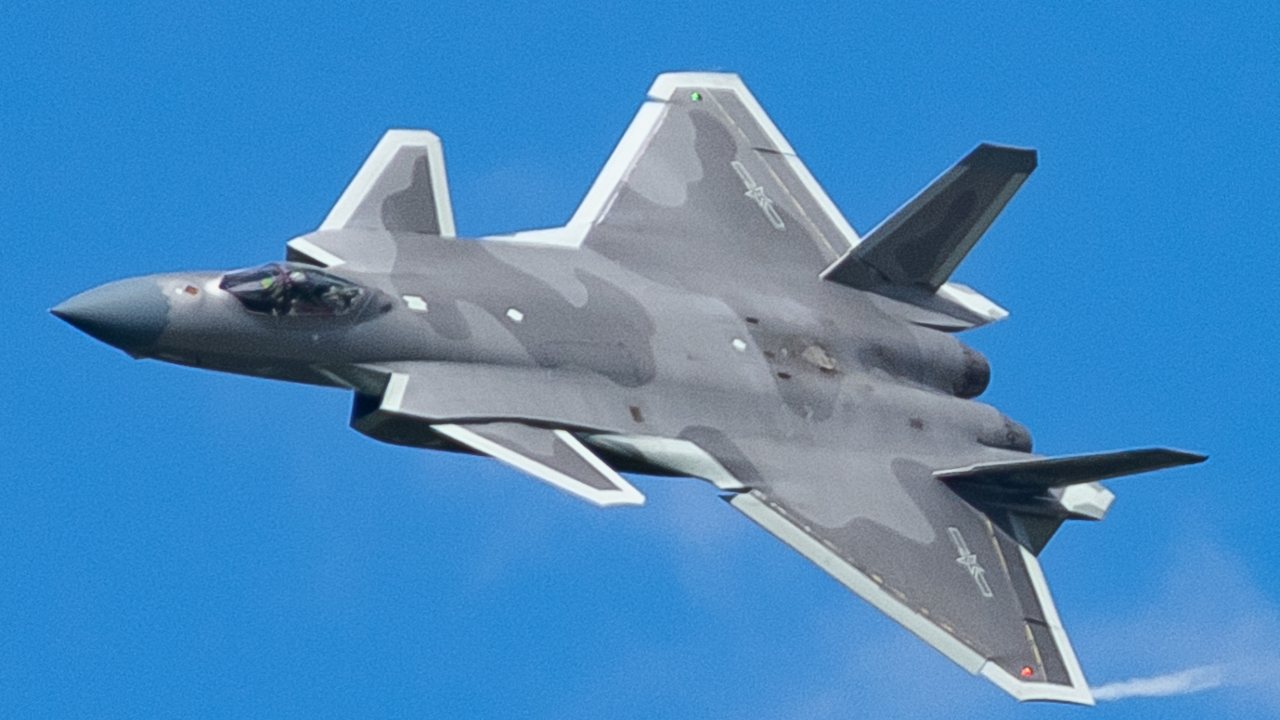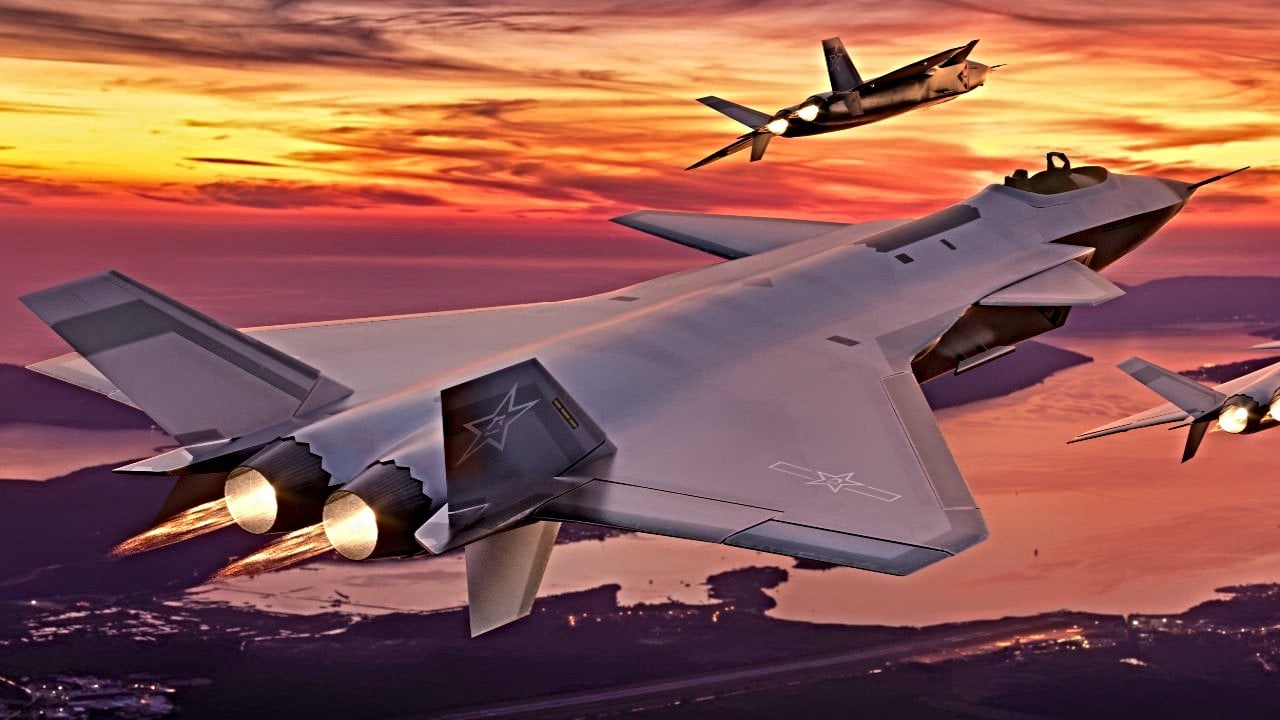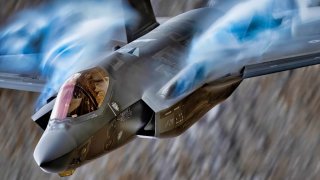Turning Taiwan Into a 'Hellscape' Might Be the Only Way to Stop a China Invasion
The "Hellscape" plan, promoted by the Center for New American Security (CNAS), advocates for Taiwan's defense using low-cost, autonomous drones to thwart a Chinese amphibious invasion.
Summary and Topline Points: The "Hellscape" plan, promoted by the Center for New American Security (CNAS), advocates for Taiwan's defense using low-cost, autonomous drones to thwart a Chinese amphibious invasion.

-This strategy emphasizes a layered defense with drones and precision strike capabilities. To bolster Taiwan's defenses, CNAS suggests large-scale investment in autonomous systems, short-range anti-aircraft and anti-ship defenses, civil defense forces, and minelaying ships.
-This approach aims to create a "porcupine" defense, making Taiwan difficult for China to invade and occupy. Embracing asymmetric warfare and guerilla tactics over conventional military strategies is critical for Taiwan's national security.
Hellscape Strategy: Taiwan's New Defense Plan Against Chinese Invasion
“Hellscape” and “porcupine defense” are terms that have been buzzing about the debate of what America should do if and when the Chinese attack Taiwan. According to public statements by senior US military leaders, the plan now is called “Hellscape.”
In the words of the Center for New American Security (CNAS), Hellscape is “a push for low-cost drones that would provide an autonomous, lethal shield against an amphibious invasion of Taiwan by the Chinese People’s Liberation Army.” The CNAS report goes on to argue, “Given their low cost, Taiwan should build large numbers of these simple systems and invest in technologies that could provide autonomous terminal guidance for contested environments.”
The authors of the CNAS report conclude, “the drones would give the island a layered defense of uncrewed systems and precision strike.” What’s more, these systems would ensure an immediate and comprehensive defense of the waters and airspace surrounding the embattled island, while overriding the great difficulties the U.S. has in hitting moving targets (such as Chinese warships and amphibious landing craft) with long-range cruise missiles.
This is the Way for Taiwan
As the main character of the popular Disney series, The Mandalorian, might say, “This is the way.” The key element of the “Hellscape” plan as CNAS describes it is that it does not require much input from the United States or anyone else. Given political and economic realities facing the United States today, Taiwan must not only strive to be able to defeat China in a war, but it must also America-proof its national self-defense.
Why would any country, regardless of its size, wish to defer to a distant, foreign nation like the U.S. for its most basic national security needs?
The Hellscape plan is comprehensive, forward-looking, and affordable, which is more than this author can say for the current state of defense spending, both in Taiwan and the United States.
In Taiwan, although the government has increased defense spending, it is wholly insufficient to the task of stopping a Chinese invasion. To be fair, given the size of Taiwan versus the size of China, a conventional defense of the island will never work.
Thus, Taiwan must look to the Hellscape model as a shooting off point. To defeat the kind of invasion force that China has planned, Taiwan will need to completely reimagine its current defenses. It’s not enough to make Taiwan’s military a miniaturized version of the U.S. military that supports them. In fact, it’s the absolute wrong thing to do. Instead, the Taiwanese need to fashion their country into a porcupine.
Start with the Hellscape strategy, but then work beyond that. Arming as many Taiwanese and incorporating as many into the civil defense force for Taiwan is a must. This is something that Erik Prince has suggested. He’s correct. Making a gun hide behind every blade of grass on Taiwan would drastically complicate China’s designs for the country.
Anti-Ship and Anti-Aircraft Defenses are Key
Beyond drones and civil defense, Taiwan needs to invest in large numbers of short-range, anti-aircraft, and anti-ship defenses. These systems would drastically complicate the ability of a potential Chinese invasion force to operate in Taiwanese territory. Further, Taiwan will need to build for itself minelaying ships. They’ll need submarines, too.
What’s needed is a multi-layered, asymmetric defense of the island. There is no way that Taiwan’s military could ever match China’s bullet-for-bullet or bomb-for-bomb. It shouldn’t even try. Taiwanese leaders must understand the nature of guerilla warfare, too. The Americans are unlikely to come in to save the day.
Failing that kind of reinforcement from the U.S., then, Taiwan needs to prepare for the eventuality that Chinese boots may touch Taiwanese soil.
Making the Change
Current Taiwanese defense expenditures are mostly missing the mark. Abandon the idea that Taiwan should be a mini-U.S. military. Embrace the concept of guerilla warfare. Plan to create a Hellscape around Taiwan if China comes for the land, and ensure Taiwan is a porcupine.
Right now, Taiwan is ripe for picking. But a fundamental shift in the thinking of the island’s strategists and a reconfiguring of Taiwan’s defensive posture immediately will yield the results that Taipei seeks.

Author Experience and Expertise: Brandon J. Weichert
Brandon J. Weichert, a National Interest national security analyst, is a former Congressional staffer and geopolitical analyst who is a contributor at The Washington Times, the Asia Times, and The-Pipeline. He is the author of Winning Space: How America Remains a Superpower, Biohacked: China’s Race to Control Life, and The Shadow War: Iran’s Quest for Supremacy. His next book, A Disaster of Our Own Making: How the West Lost Ukraine, is due October 22 from Encounter Books. Weichert can be followed via Twitter @WeTheBrandon.
All images are Creative Commons or Shutterstock.
From the Vault
Russia Freaked Out: Why the U.S. Navy 'Unretired' the Iowa-Class Battleships
Battleship vs. Battlecruiser: Iowa-Class vs. Russia's Kirov-Class (Who Wins?)


